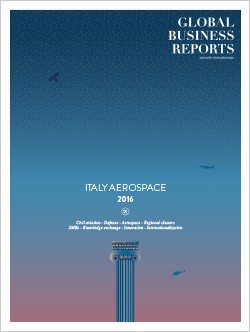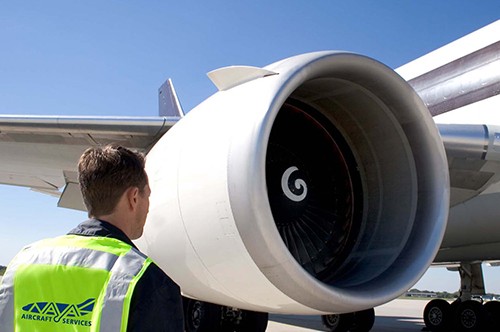
PUBLICATION
Italy Aerospace 2016
Italy’s aerospace industry is the third most prominent in Western Europe after France and Germany and the seventh largest in the world. With the exception of Leonardo-Finmeccanica, which controls a vast share of the market, the Italian aerospace industry is characterized by a plethora of small- to medium-sized companies, spread around the country in distinct clusters. In regions across Italy can be found academics, scientists, designers, engineers of every skill, and manufacturers whose combined competence can not only build satellites and space rovers, but also transport them to space.
Boeing, NASA, Airbus and many other industry giants regularly look to Italian groups for solutions. Italian companies are at the forefront of civil aviation on its quest for fuel efficiency and the Clean Sky program, while also designing and producing a formidable range of military aircraft and their associated systems.
Global Business Reports spent 2016 visiting the principle hubs of the nation’s aerospace industry, meeting with leaders of the companies, academies and the institutions that are developing the sector. This report reflects their views and the capabilities that Italy can offer to a truly global industry where technology and excellence are vital and where it requires something very special to thrive.













